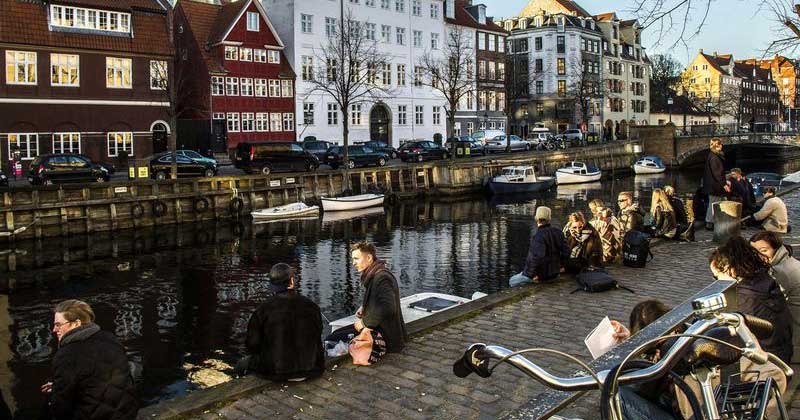Stress has, over the last few years, become such an integral part of our lives that it’s often hard to discount its presence. In this age of instant gratification where we often undertake more challenges than what we can chew, it isn’t entirely uncommon to find ourselves subdued by burgeoning mental pressures and anxieties. Tight timelines, multiple deadlines accompanied by shrinking pockets of time! In this age of cutting age technology and increasing digitisation, steadfastness in any measure is a good sign of gaining success. Even if that means cutting on hours of work and increasing the span of everyday working hours.

But often, in the drive of over-ambition and overzealousness, we’re sidelined silently by depression. In some cases, its effects being so overpowering that a reliance on medication seems like the only measure possible to regain comfort and normality. Consider the case of Denmark. It throws open the debate about our over-absorption in work and dependence on medication to battle strain and anxieties. A recent report unveiled a rather staggering figure, hitherto unknown to even Denmark’s own residents. It appears that 1 on 10 people at work in Denmark are on medication. The reason? Attempting to cope with stress and strain at work.
A large proportion of people who form Denmark’s workforce take to everyday medication in order to battle stress and strain. The survey highlighted the response taken from as many as 5,819 people who were asked how often do they consume some form of medication to help them cope with mental anxieties. Around 14 per cent of them revealed they consumed meds on a daily basis. Stress, burn out, injuries and other familial or personal issues- it appeared- were common among the Danish respondents who were approached for getting the said responses. And that is not all. At least 18 per cent actually shared that they had taken sick leave due to stress-related symptoms.

What is happening to Denmark, only Christ knows! The findings of the survey might seem like a common or harmless occurrence when considered as a standalone figure. But when you understand that there are bigger, larger countries with about twice, thrice and even more times the percentage of Denmark’s population, then you understand the figure is worrying. Consider England, Australia, Spain or France. There’s surely work-related stress in those parts of the world as well but have we heard of such telling surveys as the one we found out in the case of Denmark? Not yet.


